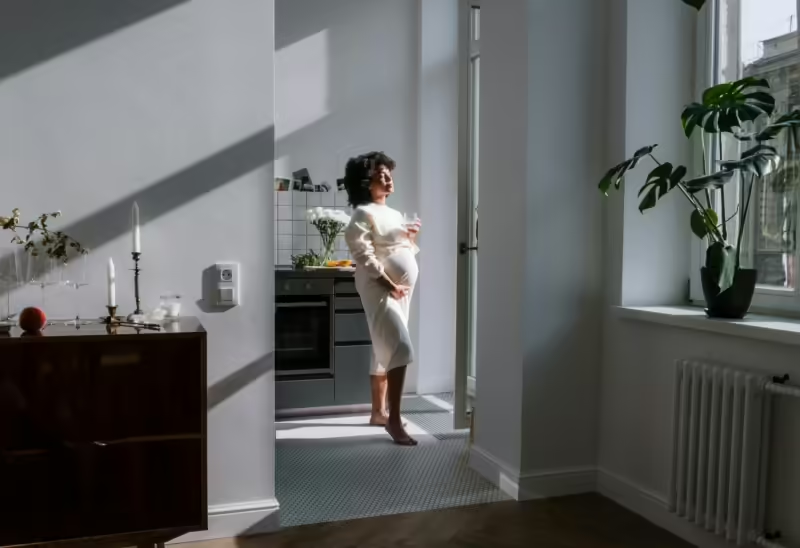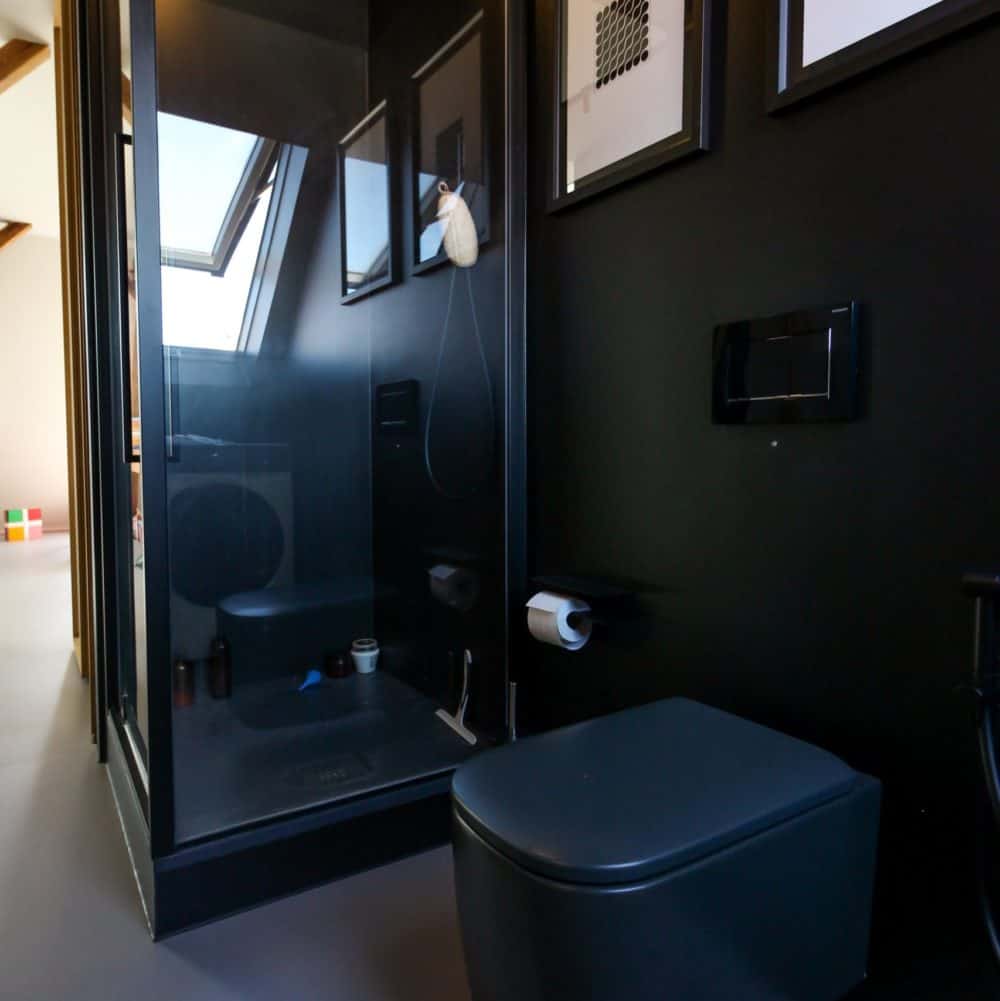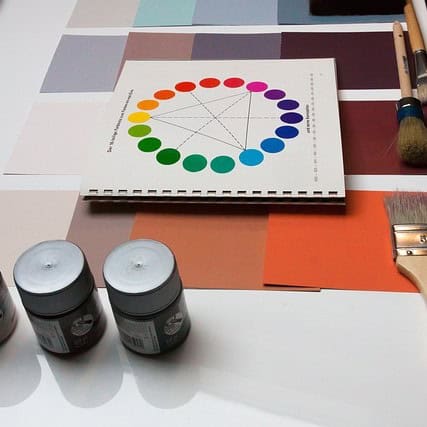Achieving A Healthy And Warm Home When The Temperature Drops (Without Breaking The Bank)
Table of Contents
It isn’t good to allow your home to get cold in the winter. It can cause colds and also make your home difficult to warm once you desire a warm, cosy evening.
It is good to know how to utilize your heating so that you don’t overspend and maintain a healthy, warm home. Using this guide, you can discover the best tips to help maintain a healthy, warm home in the winter (that doesn’t break the bank).
Install a new furnace
Photo by Pavel Danilyuk
Installing a new furnace is a great way to guarantee that your home will be easy to keep warm when the weather gets colder. If you have an old furnace, you might notice that it takes a long time to warm up your home.
A new and modern furnace will help to better manage your home’s warmth. You will notice that your home warms up faster, reducing the need for all-day heating. You can leave the heating on for a few hours and seek enough warmth to remain warm all day. Hiring a professional HVAC installation team will guarantee the best results and help your heating system remain functional all winter.
Make use of the winter sun
Another top tip for keeping your home warm while enjoying cost savings is to open up the curtains. While you might wish to stay cosy and tucked away during the colder months, you won’t be making the most of the natural sunlight.
While the temperature might be cold outside, you will be surprised at how warm your home can get when you allow the winter sun in. It will help to brighten the home and warm up the rooms. You can keep this heat in by closing the curtains in the evening, wrapping up, and using the heating for a short while. Getting in the habit of making the most of the winter sun will help you reduce your heating needs and save money (all whilst keeping the home warm).
Maintain good air quality

To keep warm and well in the winter, it is wise to check and maintain your home’s air quality. Constant heating can produce dry air, which can cause discomfort and health problems like respiratory disorders and dry skin. Reintroducing moisture to the air through the use of a humidifier helps your house feel cosier.
A well-balanced humidity level can also improve the general health of your living space by preventing damage to wood floors and furniture.
Check and cover draughts
If you feel some areas of your home feel colder than others (or than they should), it is wise to check and cover draughts. Draughts will cause your home to feel cold, even with the heating on.
Draughts can enter through cracked skirting boards, broken windows, too-short doors, and other gaps in your home’s structure. Make sure to monitor your home and check for cracks and gaps. When you spot them, seal them to stop air from entering and escaping your home.



